Discover 11 hidden attractions, cool sights, and unusual things to do in Albacete (Spain). Don't miss out on these must-see attractions: Plaza de Toros de Albacete, Albacete Cathedral, and Museo de Albacete. Also, be sure to include Fuente de las Ranas in your itinerary.
Below, you can find the list of the most amazing places you should visit in Albacete (Castilla-La Mancha).
Table of Contents
Plaza de Toros de Albacete

Also known as: Plaza de toros de Albacete
Bullring in Albacete, Spain. The Plaza de Toros de Albacete is a bullring in the town of the Albacete, in the region of Castilla-La Mancha.
Popularly known as "La Chata", a member of the Royal Academy, José Maria de Cossio, called it "one of the most excellent bullrings of Spain".[1]
Albacete Cathedral
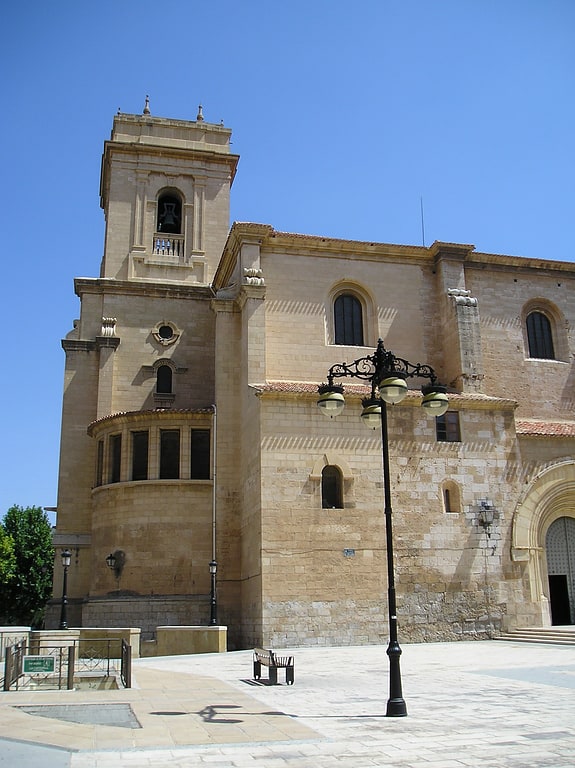
Also known as: Catedral de Albacete
Cathedral in Albacete, Spain. The Cathedral of San Juan de Albacete is a Roman Catholic church located in Albacete, Spain. It was declared Bien de Interés Cultural in 1982.[2]
Address: Plaza de la Catedral, 02001 Albacete
Museo de Albacete
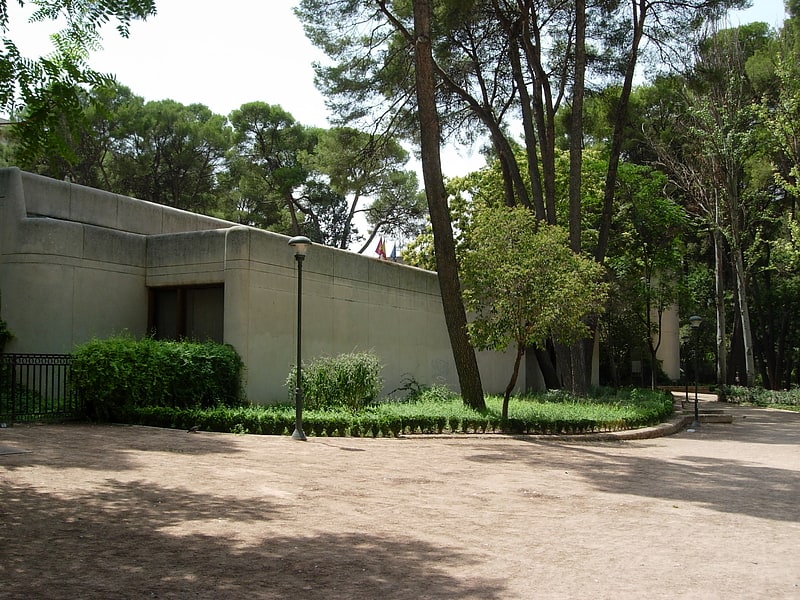
Museum in Albacete, Spain. The Albacete Provincial Museum is a museum of archeology and fine art located in Albacete, Spain. The museum has existed in various incarnations since 1927, and settled in its present building in Abelardo Sánchez Park in 1978. Its exhibits emphasize the development of regional civilization and art, and the museum is divided into subsections for archeology, fine arts, and ethnology. It was declared Bien de Interés Cultural in 1962.
The Joaquín Sánchez Jiménez Archaeology Museum houses a notable collection of Roman and pre-Roman artifacts. Local Paleolithic and Neolithic items are shown, as well as Roman art and tools. Iberian sculpture is featured as well.
The Benjamín Palencia fine arts section emphasizes 20th century works, and includes many pieces by local contemporary artists.[3]
Address: Parque de Abelardo Sánchez, s/n, 02002 Albacete
Fuente de las Ranas
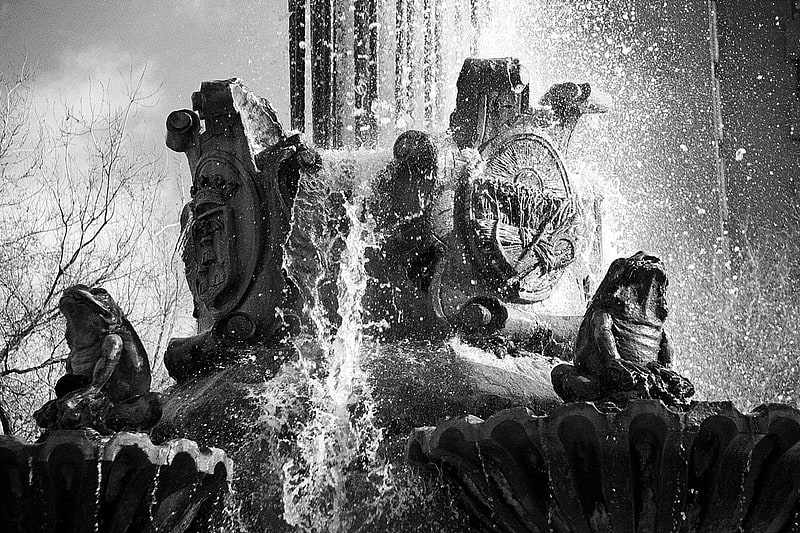
Monument in Albacete, Spain. The Fuente de las Ranas is an emblematic fountain located in center of the Spanish city of Albacete. Built in memory of Dionisio Guardiola, was inaugurated in 1916 in the center of the current Plaza de Gabriel Lodares, having chaired several places in the city until, in 2007, it was moved to its current location, the roundabout between the Paseo de la Libertad, the Avenida de la Estación, the Paseo de la Cuba and Calle Alcalde Conangla.[4]
Passage of Lodares
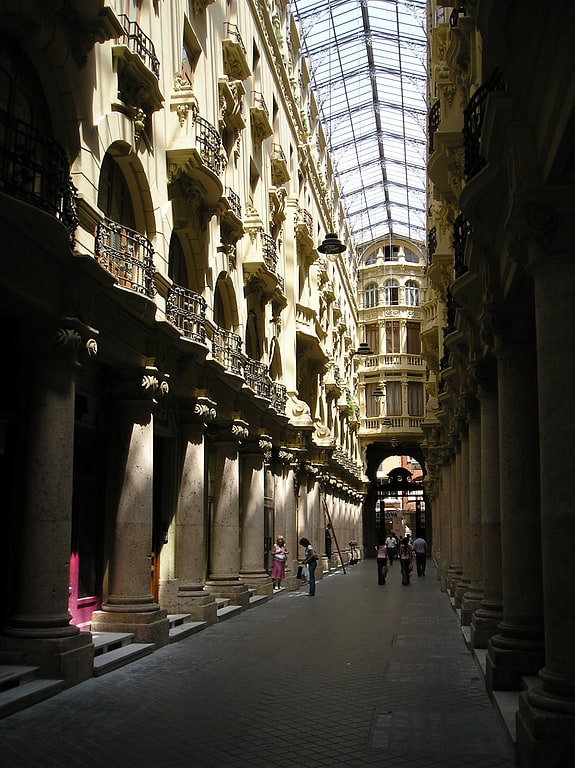
Also known as: Pasaje de Lodares
Historical landmark in Albacete, Spain. The Passage of Lodares is a passage located in Albacete, Spain. It was declared Bien de Interés Cultural in 1996.[5]
Address: Pasaje de Lodares, 2, Albacete
Fair of Albacete
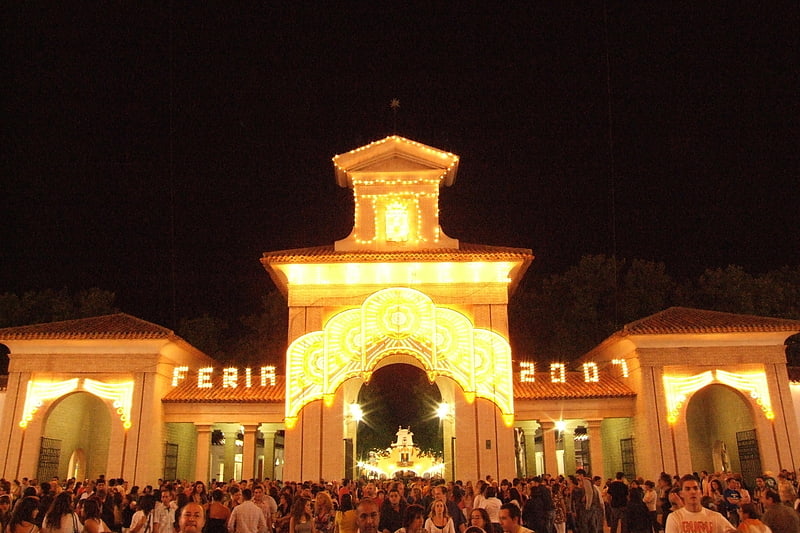
The Fair of Albacete is a trade fair ground located in Albacete, Spain.[6]
Church of la Asunción

The Church of la Asunción is a church located in Albacete, Spain. It was declared Bien de Interés Cultural in 1982.[7]
Museo de la Cuchillería
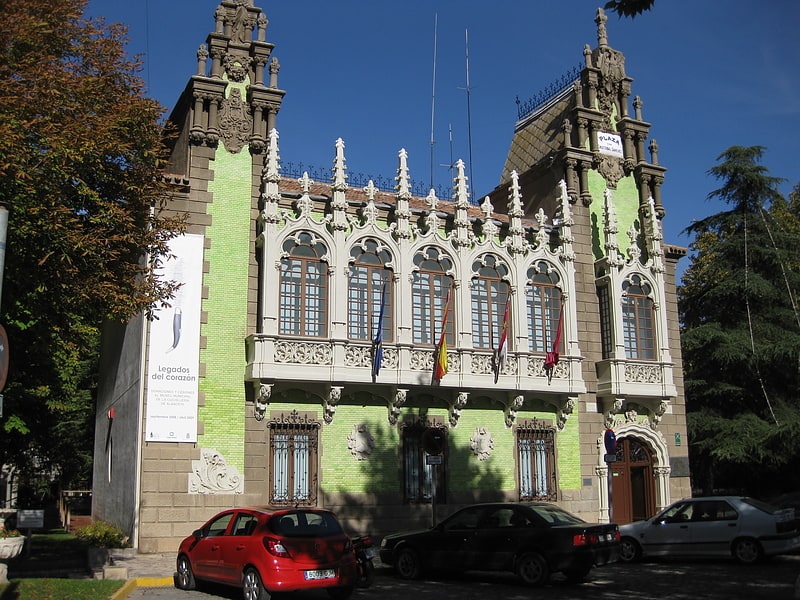
The Museo de la Cuchillería de Albacete is a historical museum of cutlery located in the Spanish city of Albacete based in the Casa de Hortelano, an early 20th century mansion located in the central Plaza de la Catedral designed by Daniel Rubio.
Address: Plaza Catedral s/n, 02001 Albacete
Cruz de Término
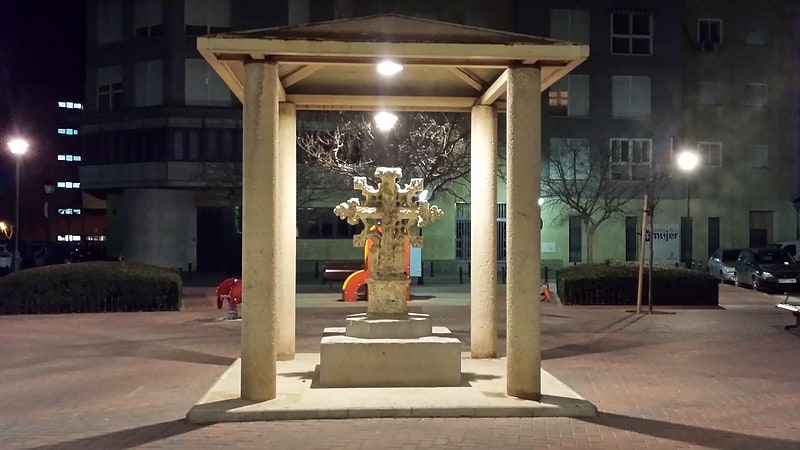
The Cruz de Término de Albacete is a monumental cross located in the Spanish city of Albacete.
It is a Gothic style cross carved in stone with two faces: one with the images of St. Christopher, St. George, St. Anthony and St. James, and the other with the figure of Christ crucified, the Virgin and St. John with two pelicans.
It was inaugurated in 1999. It is a reproduction of the original, historical late medieval piece of the fifteenth century preserved in the Provincial Museum of Albacete. Originally, it welcomed and bid farewell to travellers.
It is located on the boulevard of Cruz Street in the capital of Albacete, within the limits of the Carretas-Huerta de Marzo neighbourhood.
Máquina del Tren
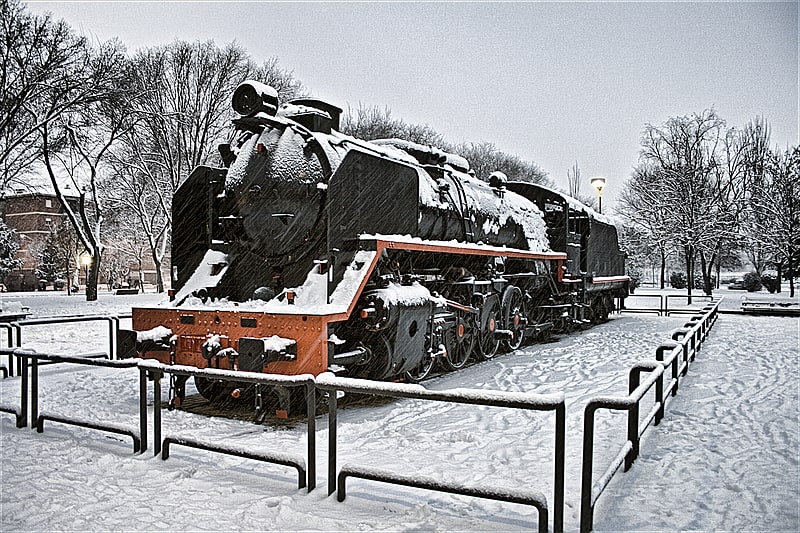
The Mikado Locomotive is a monument paying tribute to the railway located in the Spanish city of Albacete. It was given on temporary deposit by the Museo del Ferrocarril de Madrid-Fundación de los Ferrocarriles Españoles in 1988.
It is a preserved steam locomotive, model Mikado, Renfe series 141F and registration number 2415, built in Spain in 1960, with its tender. It pays tribute to the railway because its arrival to Albacete in 1855 was a revulsive for the growth of the city, which also started to have important railway facilities. The locomotive, of 94 tons, reached a speed of up to 115 km/h and 2000 horsepower.
It is located in the Parque Lineal de Albacete, at the height of the Flour Factory of Albacete, in the Industria neighbourhood of the capital of Albacete. It was inaugurated in 1990 in the place where the railway used to run in Albacete.
It has special relevance in the history of Albacete Balompié because football in Albacete began with the locomotive factory of this model that José Manuel Goicoechea and the Lancanshire and Yorkshire Railways opened in the city.
Jardín de la Calle Vereda
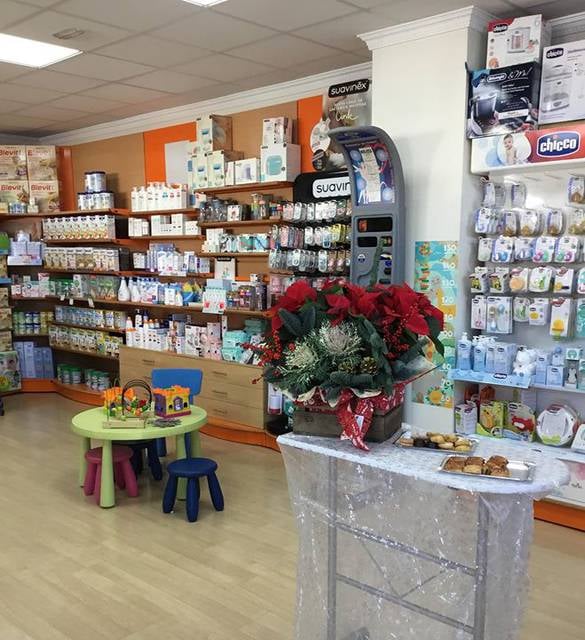
Relax in park, Park